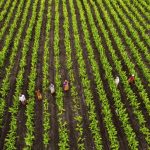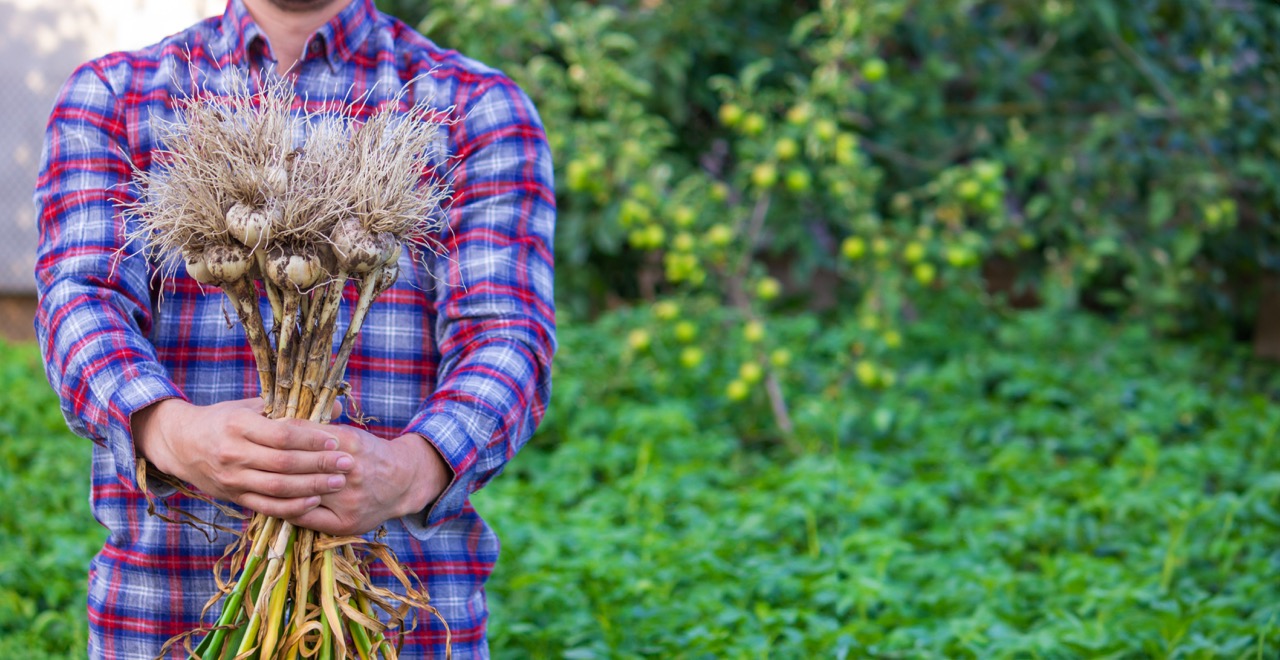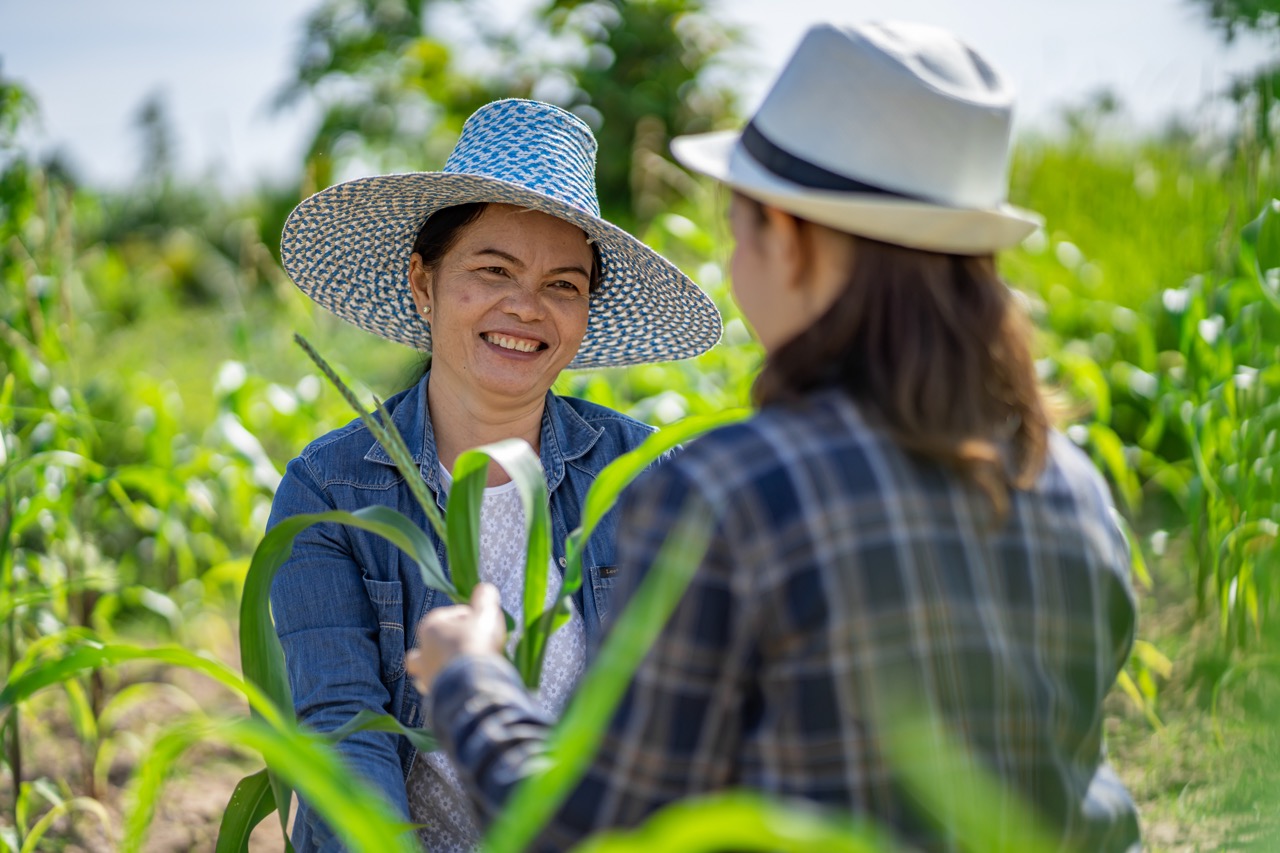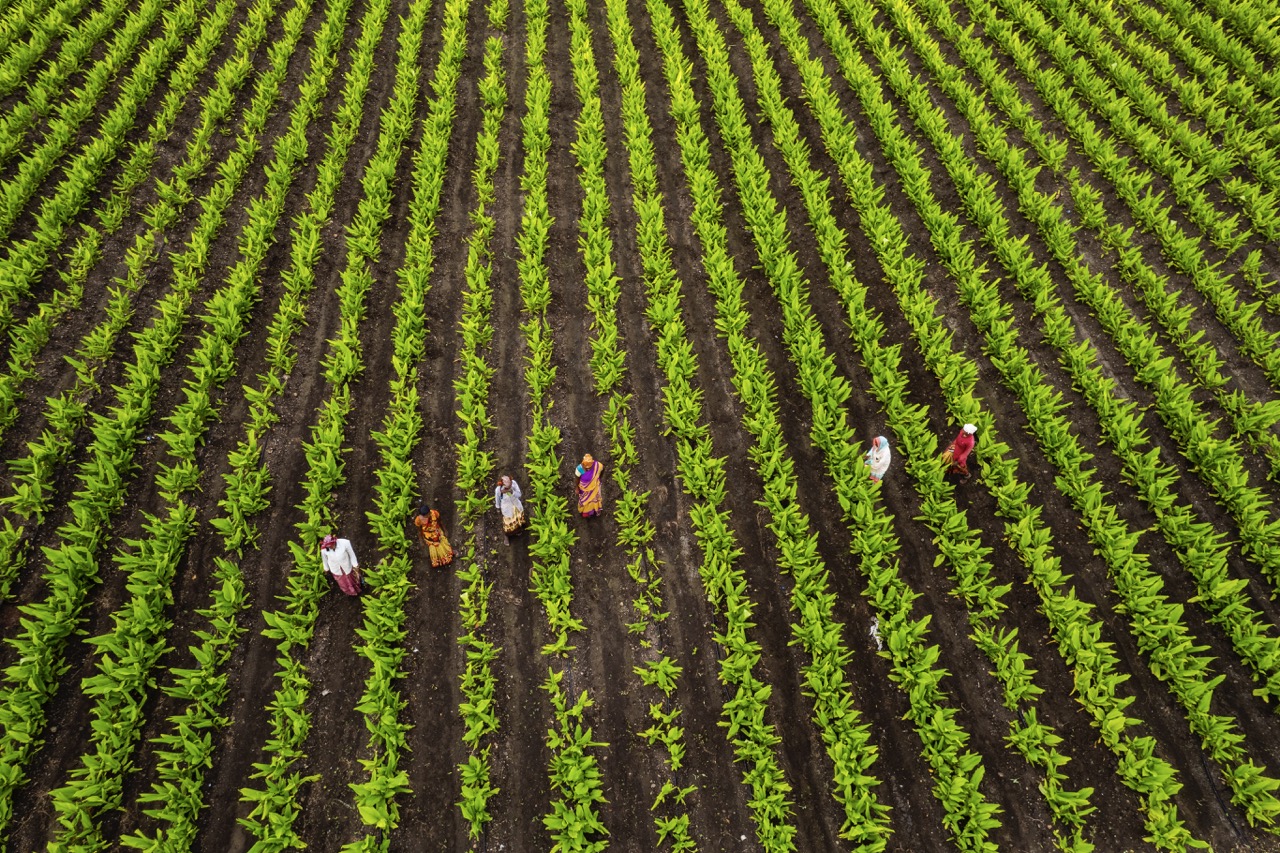As the world’s population continues to grow, the demand for protein sources is escalating, leading to an urgent need for sustainable food production methods. In this context, aquaculture— the farming of fish, shellfish, and algae— has emerged as a powerful solution to address the pressing issues of overfishing and food security. This innovative approach not only alleviates pressure on wild fish populations but also presents a viable option for meeting the dietary needs of future generations. This article explores the rise of aquaculture, its technological advancements, economic implications, and environmental considerations.
The Rise of Aquaculture: A Sustainable Solution to Overfishing
Over the last few decades, aquaculture has seen remarkable growth, with global production increasing from 1.2 million tons in 1970 to over 114 million tons in 2020, according to the Food and Agriculture Organization (FAO). This exponential rise can be attributed to the alarming rates of overfishing, which have depleted many fish stocks worldwide. Aquaculture provides a much-needed alternative by allowing for controlled production of fish, thus reducing reliance on wild fisheries. This transition is crucial as some fish populations, such as bluefin tuna and cod, face the threat of extinction.
Moreover, aquaculture has the potential to enhance food security in developing countries, where access to protein is often limited. By tapping into local aquatic resources, communities can cultivate their own fish stocks, contributing to nutritional sustainability. The ability to produce fish in freshwater and saltwater environments also means that aquaculture can be tailored to suit various geographic and climatic conditions. As a result, it not only helps in preserving wild fish populations but also ensures that communities have access to a reliable source of nutrition.
The rise of aquaculture is further supported by growing consumer awareness regarding sustainable seafood choices. As more people choose to prioritize environmentally friendly options, aquaculture has positioned itself as a viable and responsible alternative to traditional fishing practices. This shift in consumer behavior is creating a new market demand for sustainably farmed fish, encouraging industries to invest in aquaculture as a long-term solution to global food challenges.
Innovations in Aquaculture Technology: Enhancing Fish Farming
The advancement of technology has played a pivotal role in the growth and efficiency of aquaculture. Modern innovations such as recirculating aquaculture systems (RAS) allow for water to be reused and filtered, significantly reducing the environmental footprint of fish farming. These systems provide a controlled environment where water quality can be closely monitored, leading to healthier fish stocks and increased yields. RAS technology also minimizes the risk of disease outbreaks, which can devastate fish populations and threaten the economic viability of aquaculture operations.
Furthermore, the integration of artificial intelligence (AI) and data analytics into aquaculture practices is revolutionizing the industry. Fish farmers can now monitor growth rates, feeding patterns, and water conditions in real-time, leading to better management decisions. Predictive algorithms can optimize feeding schedules and improve resource allocation, ensuring that fish are grown efficiently and sustainably. Such targeted approaches not only enhance productivity but also reduce waste, making aquaculture more environmentally friendly.
Aquaculture is also benefiting from advancements in breeding technology. Selective breeding programs are producing fish species that grow faster and are more resistant to diseases, while genetically modified organisms (GMOs) are being explored for their potential to enhance fish farming. As innovations in genetics and biotechnology mature, they hold the promise of increasing the resilience and productivity of aquaculture, positioning it as a cornerstone of sustainable food production.
Economic Benefits of Aquaculture: Jobs and Local Development
Aquaculture is not only a means to produce food but also a significant driver of economic growth and job creation. The industry supports millions of jobs worldwide, from farming and processing to distribution and retail. In many coastal communities, fish farming serves as a vital economic lifeline, providing employment opportunities that help to combat poverty and stimulate local economies. The multiplier effect of aquaculture also extends to related industries, such as feed production and equipment manufacturing, creating a ripple of economic activity in regions that adopt aquaculture practices.
Investment in aquaculture can lead to the development of infrastructure, such as hatcheries, processing plants, and transportation networks, further boosting local economies. Governments and private investors are increasingly recognizing the potential of aquaculture as a pathway to sustainable economic development, resulting in funding and support for initiatives that promote responsible fish farming. This financial backing enables the establishment of training programs for local farmers, ensuring that communities possess the skills necessary to succeed in this growing industry.
Moreover, the economic benefits of aquaculture extend beyond local communities; they can contribute to national economies as well. As countries increase their fish production through aquaculture, they can reduce dependence on imported seafood, leading to a more secure food supply and trade balance. By investing in sustainable aquaculture practices, nations can harness the potential of their aquatic resources, stimulating economic growth while promoting environmental stewardship.
Environmental Impact: Balancing Fish Production and Ecology
While aquaculture presents many advantages, it also poses environmental challenges that must be addressed to ensure its sustainability. Intensive fish farming can lead to issues such as water pollution, disease transmission, and habitat destruction. For instance, the runoff from fish farms can introduce excess nutrients into surrounding waterways, leading to algal blooms that deplete oxygen levels and harm aquatic ecosystems. Therefore, it is crucial for the industry to adopt best management practices that mitigate these impacts and promote ecological balance.
One approach to minimizing the environmental footprint of aquaculture is the adoption of integrated multi-trophic aquaculture (IMTA). This system involves farming different species together, allowing waste from one species to serve as food for another. For example, the waste produced by fish can nourish seaweed or shellfish, creating a more sustainable and efficient production model. By mimicking natural ecosystems, IMTA not only reduces waste but also enhances biodiversity, fostering healthier aquatic environments.
Regulatory frameworks and certifications play a vital role in promoting environmentally responsible aquaculture practices. Initiatives such as the Aquaculture Stewardship Council (ASC) and GlobalG.A.P. provide guidelines and standards for sustainable fish farming, encouraging producers to adopt environmentally friendly methods. As consumers become more aware of the environmental implications of their food choices, the demand for certified sustainable seafood will likely increase, further pushing the industry toward responsible aquaculture practices that respect ecological limits.
The power of aquaculture lies in its potential to address the dual challenges of food security and environmental sustainability. By embracing technological innovations and fostering economic opportunities, aquaculture can play a pivotal role in the future of food production. However, navigating the environmental challenges associated with fish farming is equally crucial to ensuring that this industry can thrive without compromising the health of our oceans and ecosystems. As we move forward, a collaborative effort among governments, industries, and consumers will be essential to realize the full potential of aquaculture as a sustainable resource for generations to come.










